Laura Otis
Laura Otis is a researcher, novelist, and singer-songwriter who explores connections between science and art. For eight years, she studied biochemistry and neuroscience and worked in labs analyzing neural membrane proteins. A life-crisis led her to follow her passions: literature, language, and music. She earned a degree in comparative literature and since then has conducted research and taught courses on the relations between scientists’ and artists’ ways of thinking. In 2024, she retired from teaching to engage in research, creative writing, and music full-time.Laura’s research compares the creative thinking of scientists, fiction-writers, and other artists. She is especially interested in how metaphors shared across fields influence people’s understandings of identity, knowledge, communication, and emotion. Her creative writing, like her research, is grounded in respect for and fascination with individual differences. Her novels depict characters struggling to relate to others because of their unusual inner worlds. All of her work, including her songs, tries to convey viewpoints that have been ignored or dismissed.Laura earned her degrees at Yale University (BS, Biochemistry), the University of California at San Francisco (MA, Neuroscience), Cornell University (MA and PhD, Comparative Literature), and Warren Wilson College (MFA, Fiction). She has taught at Harvard University, Hofstra University, and Emory University, and she has worked as a guest scholar at the Max Planck Institutes for the History of Science and Human Development and the Leibniz Center for Literary and Cultural Research. Her research has been supported by MacArthur, Guggenheim, Fulbright, and Humboldt fellowships. Recently, she was elected to the American Academy of Arts and Sciences.Click here to read Laura’s Psychology Today blog on creativity, literature, sensations, and emotions.
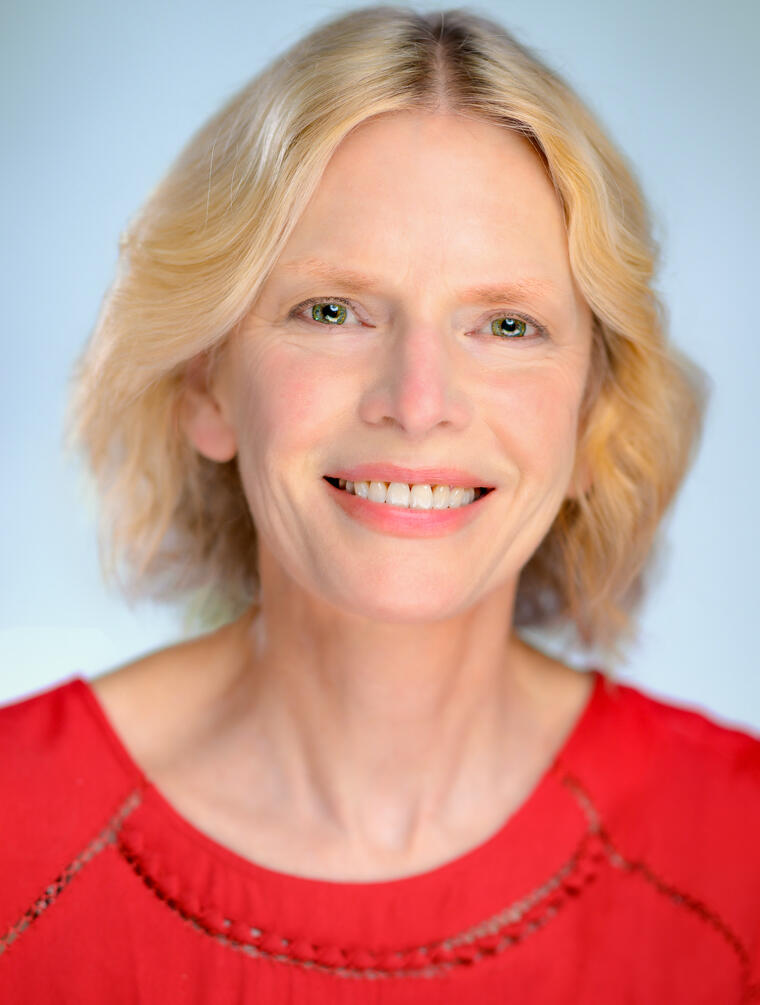
Joe Boris: © 2024 www.JoeBoris.com
Research
Laura’s research investigates ways that scientists and literary writers have inspired each other creatively. Her explorations of language and thought span the fields of neuroscience, psychology, the history of science, and literary studies. From this broad perspective, she does her best to respect each field’s way of building knowledge and to honor each individual’s thinking style.As a young scientist, Laura studied how neural membrane proteins participate in recognition and signaling. When she shifted her focus to literature, her interest in neuroscience and biochemistry remained strong. Much of her work concentrates on the nineteenth century, when scientists made key discoveries that allowed modern neuroscience to emerge and many novelists took a keen interest in scientific developments.By reading literary and scientific works together, she has revealed shared metaphors in writers’ attempts to explain memory, heredity, selfhood, communication, and emotion. She aims to build knowledge that will draw on discoveries across fields and will benefit from each field’s criticisms and challenges. Her current project investigates what scientists and creative writers can learn from each other about how language activates readers’ imaginations.
Original Books
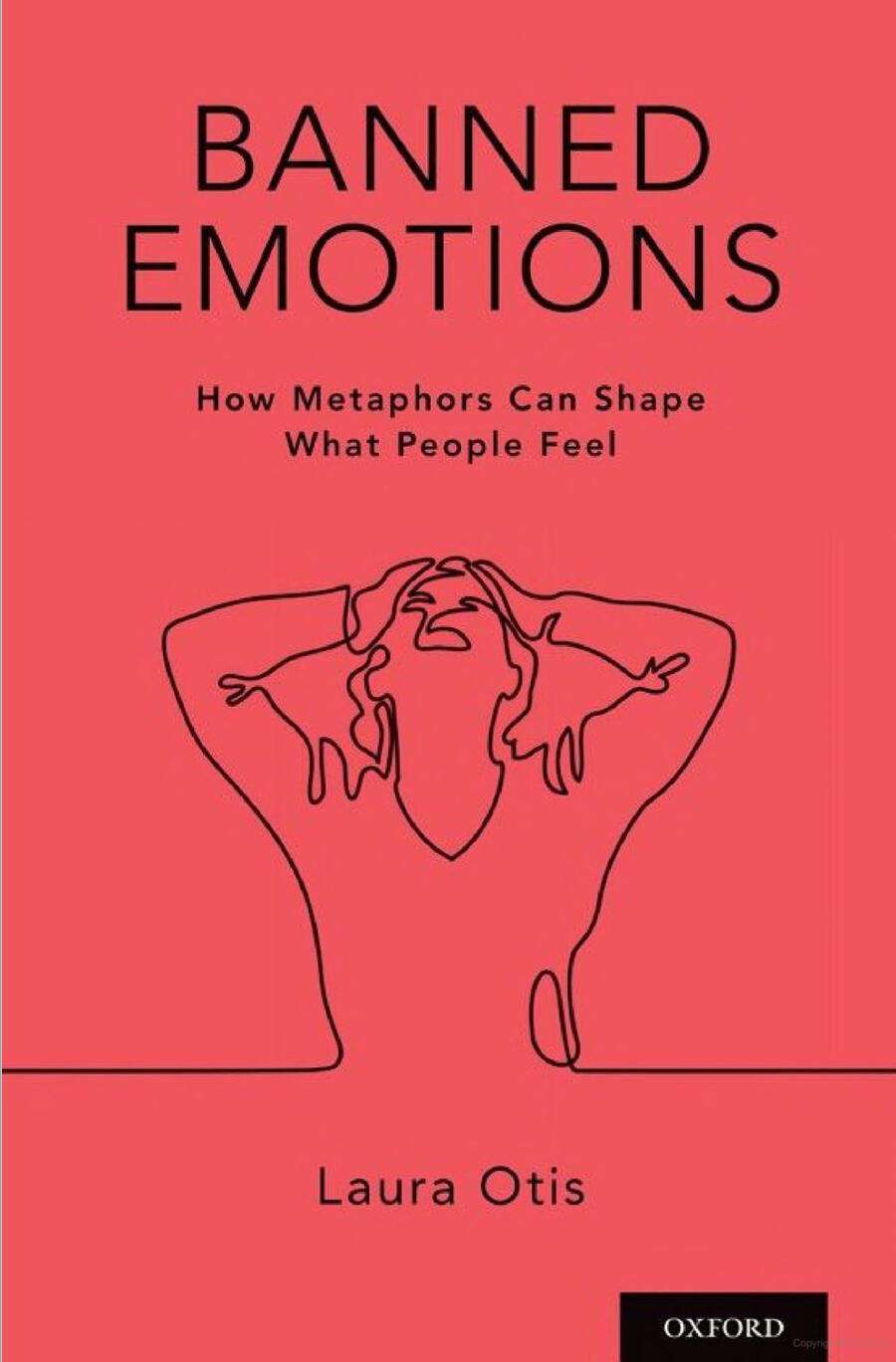
Banned Emotions: How Metaphors Can Shape What People FeelWhen people tell you what you should and shouldn’t feel, what are they really saying? Banned Emotions explores how metaphors for some socially discouraged emotions, such as self-pity, influence people’s inner lives. How does it affect people individually, and how does it affect whole societies, when people are ordered not to “wallow” and instead to “let go and move on”? Examining scientific studies of emotions in parallel with literary classics, self-help books, and popular films such as Bridesmaids, Banned Emotions exposes the cultural and biological forces shaping people’s emotional lives.Oxford University PressAmazon

Rethinking Thought: Inside the Minds of Creative Scientists and ArtistsThe experience of thinking varies astonishingly from person to person. Based on interviews with 30 different creative people, Rethinking Thought lays out some of those differences. A descriptive portrait of each participant invites readers to enter the minds of scientists, designers, writers, and artists including engineer Temple Grandin and novelist Salman Rushdie. Insights from these portraits form a dialogue with findings from recent scientific studies on mental imagery and the relationship between thought and language. By illustrating how the experience of thought can differ, Rethinking Thought urges respect for each person’s mental world.Oxford University PressAmazon
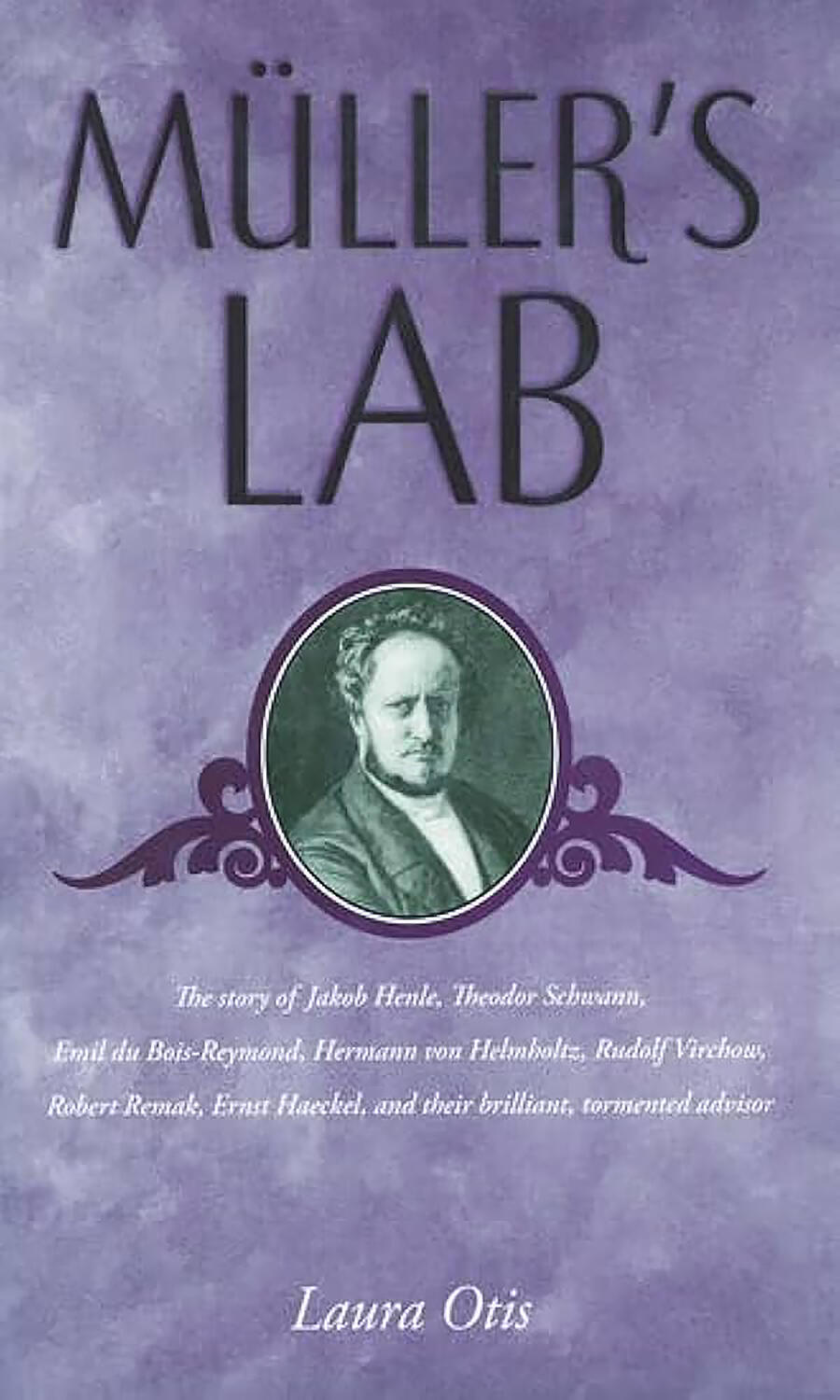
Müller’s LabNineteenth-century biologist Johannes Müller trained a generation of scientists whose experiments allowed modern physiology, pathology, and neuroscience to emerge. But Müller was a troubled researcher, torn by conflicts he couldn’t resolve. In historical and scientific context, Müller’s Lab compares accounts of Müller written by seven of his most gifted students: Jakob Henle, Theodor Schwann, Rudolf Virchow, Herman Helmholtz, Emil du Bois-Reymond, Robert Remak, and Ernst Haeckel. These brilliant scientists learned from Müller in different ways, and their writings create seven contrasting portraits of their teacher. Müller’s Lab explores how the history of science is written and how scientists’ own work shapes their understandings of their mentors.Oxford University PressAmazon
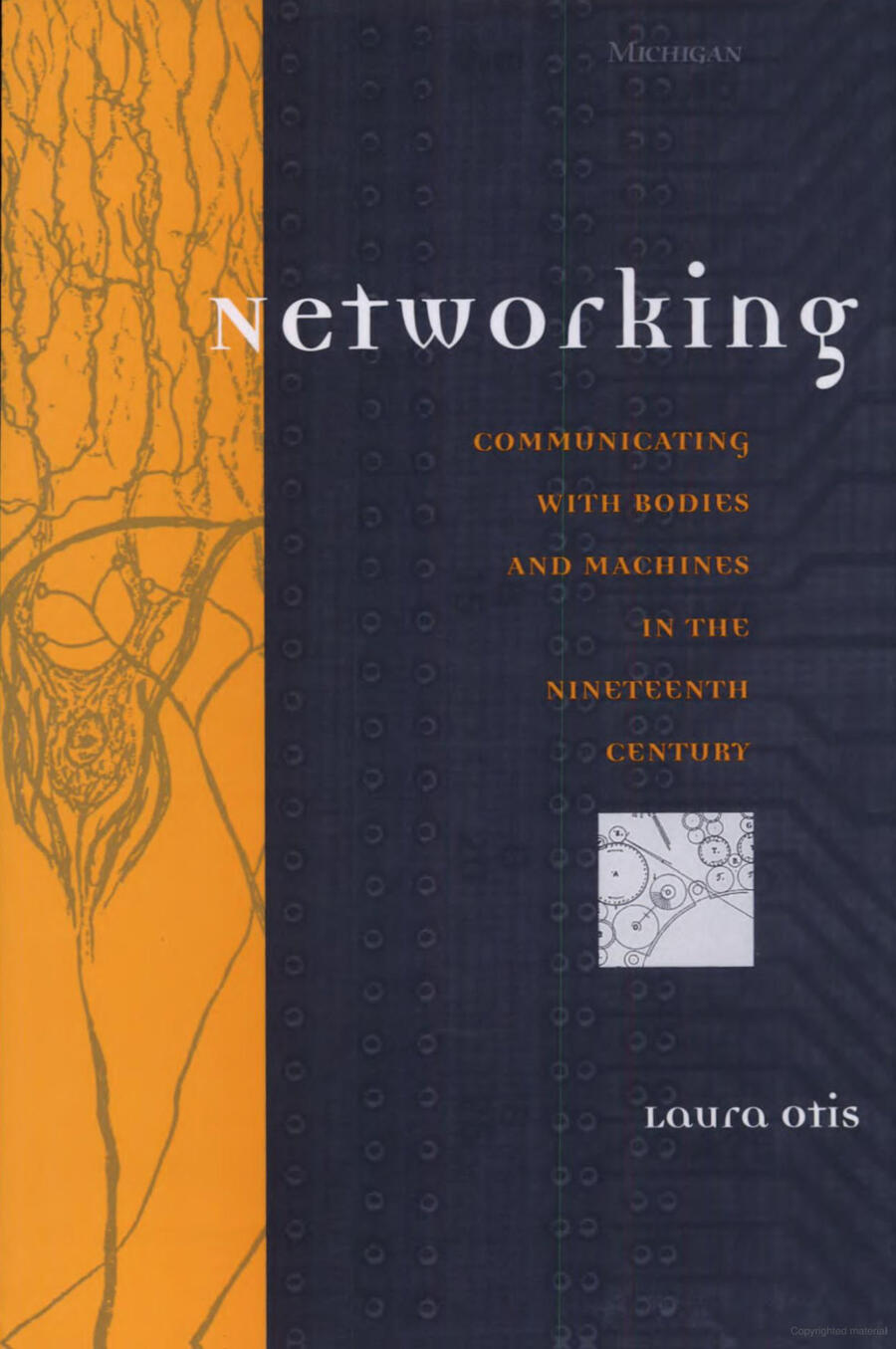
Networking: Communicating with Bodies and Machines in the Nineteenth CenturyHow are technological and biological communications systems related? Do comparisons of nervous systems with technology go beyond metaphor? Networking explores how nineteenth-century physiologists, engineers, and fiction-writers influenced each other as they imagined how nervous systems, telegraph networks, and other social communications media might work. Through creative descriptions by Herman Helmholtz, Santiago Ramón y Cajal, George Eliot, Henry James, and Bram Stoker, Networking reveals shared images in scientists’ and literary writers’ imaginations.University of Michigan PressAmazon
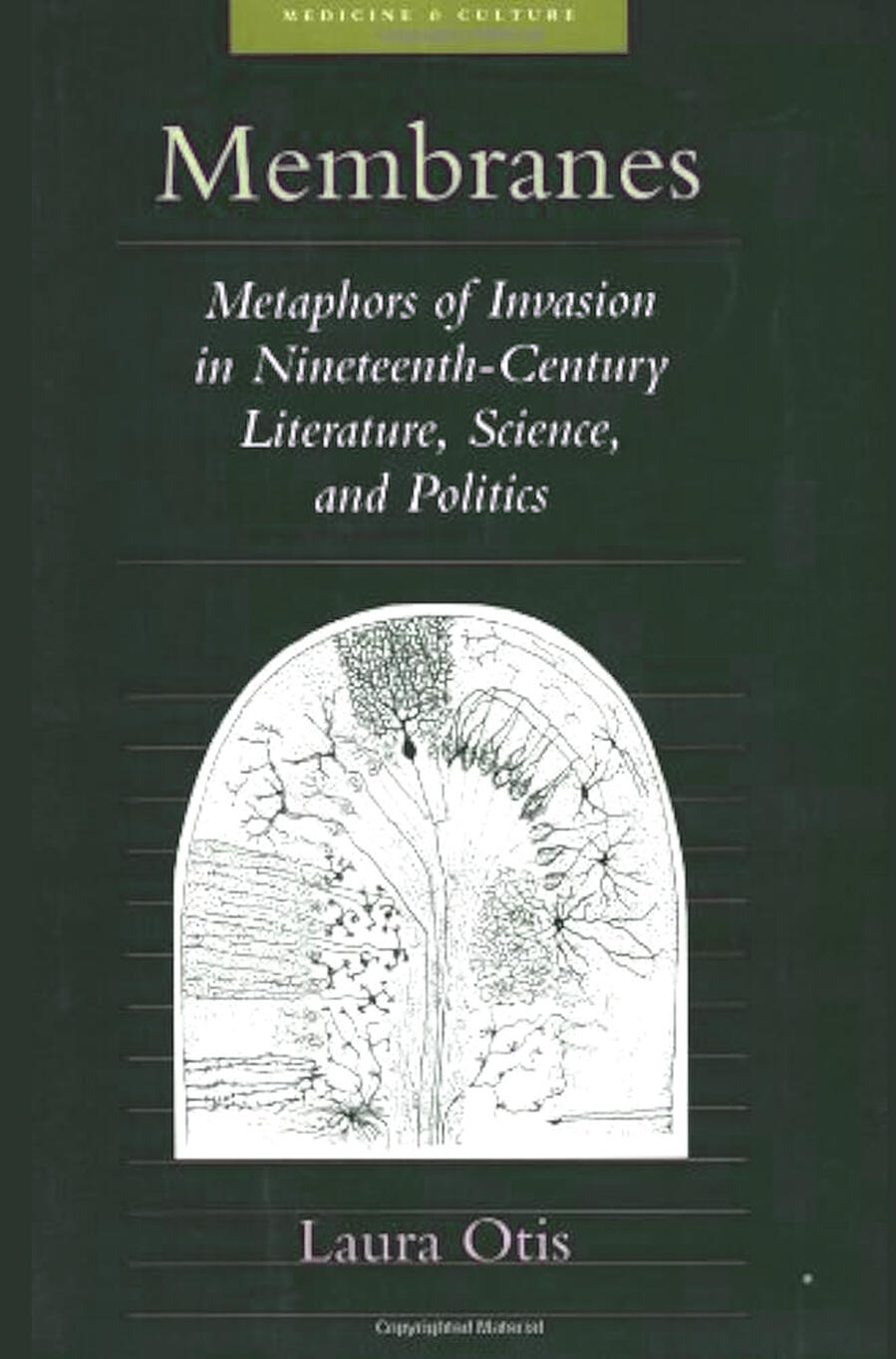
Membranes: Metaphors of Invasion in Nineteenth-Century Literature, Science, and PoliticsDo we need boundaries to define the identity of a person or country? How might identity be understood if it doesn’t involve borders? In the nineteenth century, as cell theory and germ theory emerged, scientists’ descriptions of life at the cellular level revealed views that extended beyond biology. Membranes compares the scientific and literary writings of four physician authors: Santiago Ramón y Cajal, Arthur Conan Doyle, Arthur Schnitzler, and S. Weir Mitchell. At a time when the quest for disease-causing organisms intersected with European colonialism, these gifted writers developed contrasting models of identity and selfhood through multiple creative channels.Amazon
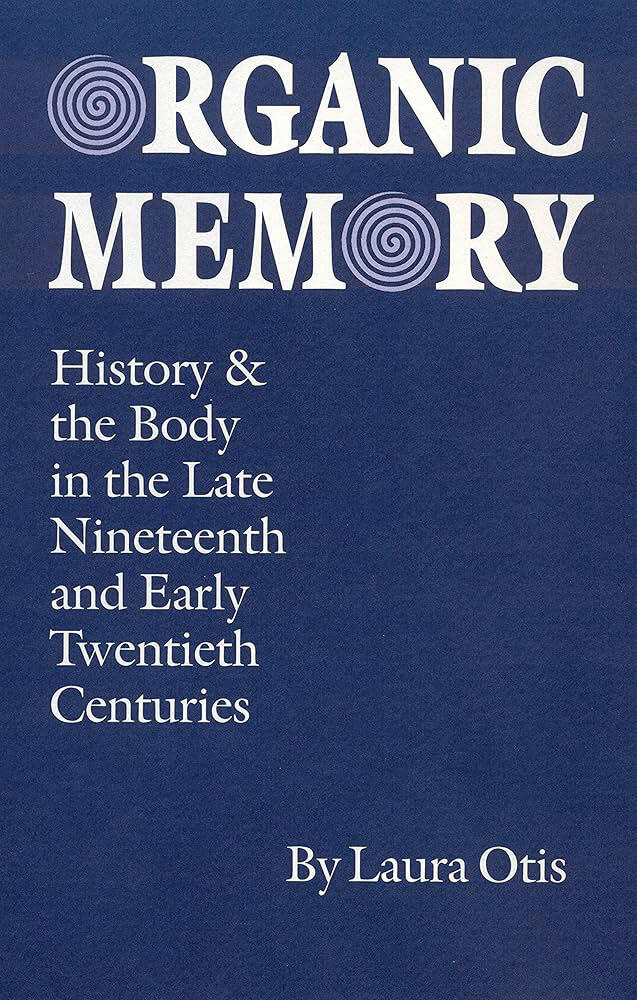
Organic Memory: History and the Body in the Late Nineteenth and Early Twentieth CenturiesCan we inherit our ancestors’ memories? Is it metaphorical or literal to claim that something is “in our DNA”? In the nineteenth century, before the mechanisms of heredity and memory were understood, they seemed to represent the same process on broad or individual scales. By comparing nineteenth-century biologists’ and novelists’ accounts of collective history stored in individual bodies, Organic Memory exposes myths that still haunt science. Alongside writings by Ewald Hering and Ernst Haeckel, novels by Emil Zola, Samuel Butler, Thomas Mann, Miguel de Unamuno, and Thomas Hardy reveal shared ways of understanding inherited “memories.” Current research in epigenetics shows that through control of gene expression, individuals can be influenced by the experiences of previous generations. But what are the consequences of claiming that a person carries the past in his or her body?Amazon
Edited Book
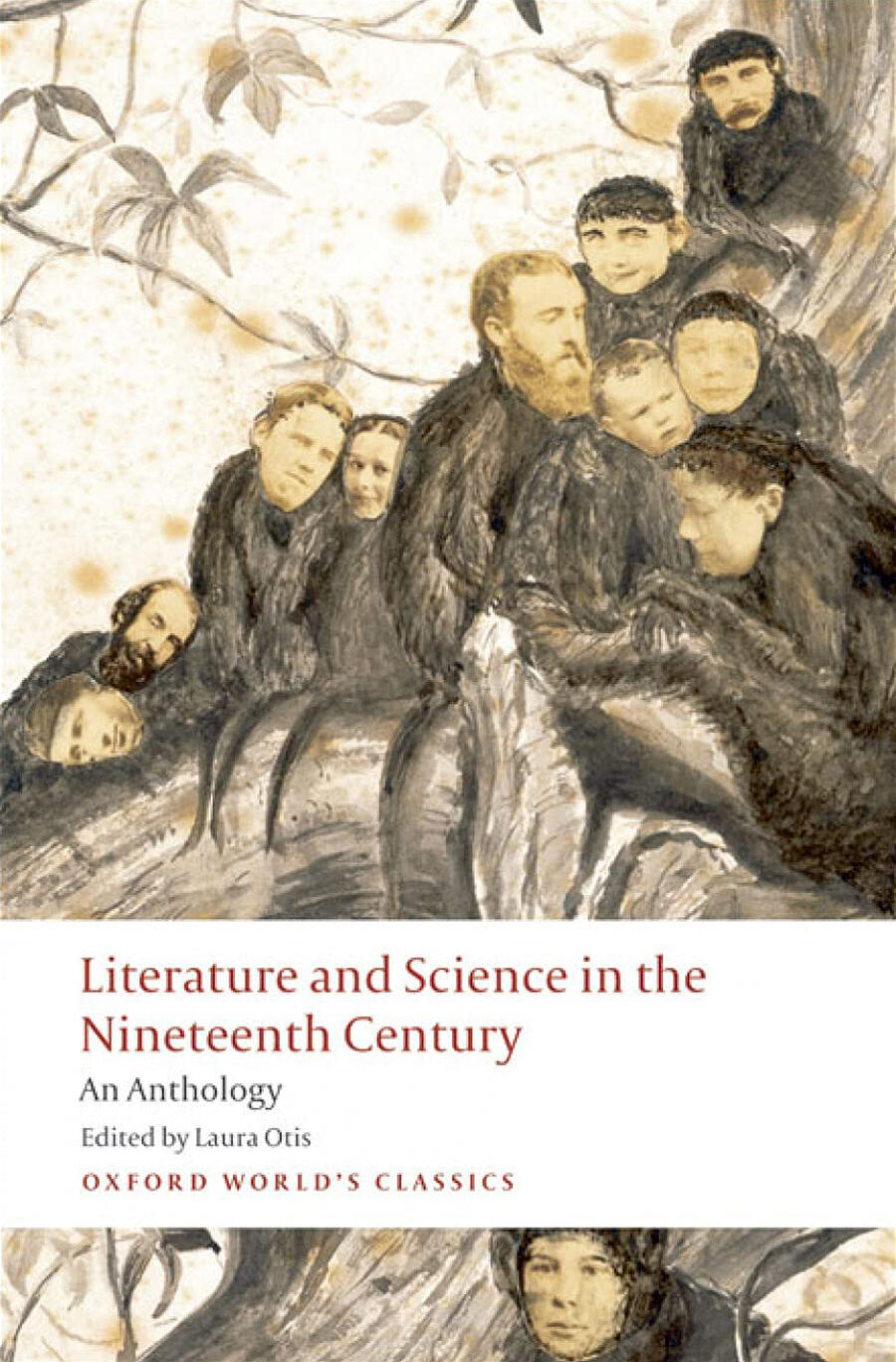
Literature and Science in the Nineteenth Century: An AnthologyJuxtaposing 5-10 page extracts from prominent works by poets, novelists, physicists, biologists, psychologists, and sociologists, this anthology illustrates the reciprocal exchange of ideas between nineteenth-century literary and scientific writers.Oxford University PressAmazon
Translation
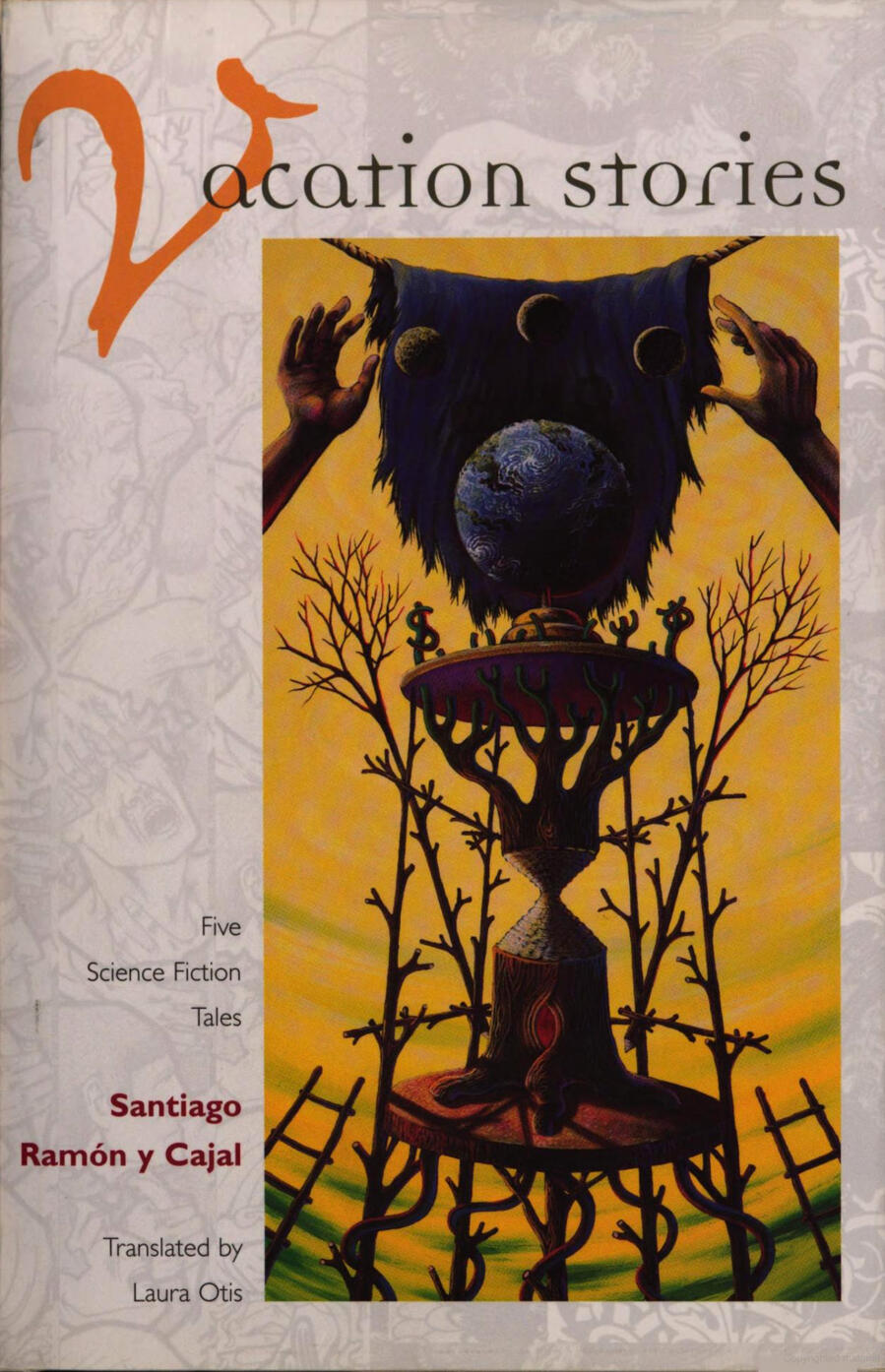
Santiago Ramón y Cajal, Vacation Stories: Five Science Fiction TalesIn his youth, Nobel prize-winning Spanish neuroscientist Santiago Ramón y Cajal wrote science fiction stories, only some of which have survived. This book offers the only English-language translation of five of these tales, which he published once his career was established. Astonishingly creative and daringly subversive, Ramón y Cajal’s stories share his vision as a pioneering microscopist and his concerns about the microorganisms he studied before he turned to the nervous system.Amazon
Articles, Chapters, and Essays
2025
“Sharing Sensory Knowledge: Edwidge Danticat’s Breath, Eyes, Memory,” Literature, vol. 5, no. 10, 2025.“Literature as Handwork: Ocean Vuong’s On Earth We’re Briefly Gorgeous,” Leibniz Center for Literary and Cultural Research Blog, September 2025.2024
“Reading as a Rambunctious Boy-Girl.” Readers for Life: How Reading and Listening in Childhood Shapes Us. Edited by Heta M. Pyrhönen and Sander Gilman. London: Reaktion Books, 2024, pp. 144-52.2023
“Feeling Environments: Emotions beyond Human Interiority.” By Frederik Schröer and Laura Otis. Geschichte und Gesellschaft vol. 49, 2023, pp. 138-58.“Creative Writing: Embracing Unfamiliar Knowledge.” Configurations vol. 31, no. 4, 2023, pp. 343-50.“Whose Spirit? Literature, Appropriation, and the Responsibilities of Artists.” Deutsche Vierteljahrsschrift für Literaturwissenschaft und Geistesgeschichte vol. 97, 2023, pp. 217-22.2022
“The Role of Multimodal Imagery in Life Writing.” SubStance vol. 51, no. 3, 2022, pp. 115-31.“Affective Neuroscience: The Symbiosis of Scientific and Literary Knowledge.” The Routledge Companion to Literature and Emotion. Edited by Patrick Colm Hogan, Bradley J. Irish, and Lalita Pandit Hogan. Routledge, 2022, pp. 15-25.2018
“Sound.” Victorian Literature and Culture. Keyword Issue, vol. 46, no. 3, 2018, pp. 888-91.“Verbannte Gefühle. Metaphern ungeliebter Emotionen in Romanen, Filmen und wissenschaftlichen Texten.” Acta Historica Leopoldina vol. 74, 2018, pp. 1-13.“The Fantastic World of Nineteenth-Century Women’s Emotions: Two Literary Portrayals.” Dibner Library Lecture. Washington, DC: Smithsonian Libraries, 2018.“Frankenstein: Representing the Emotions of Unwanted Creatures.” In Frankenstein: How a Monster Became a Cultural Icon. Edited by Sidney Perkowitz and Eddy von Mueller. New York: Pegasus Books, 2018.2017
“Thirty Years of Learning.” Journal of Literature and Science. Special Issue: State of the Unions between Literature and Science, vol. 10, no. 1, 2017, pp. 11-14.“Healing Bodies with Diverse Minds.” Journal of Humanities in Rehabilitation. May 2, 2017.2016
“Banned Emotions: Figuring the Feelings of Unwanted People.” Configurations vol. 24, 2016, pp. 303-29.“The Relevance and Context of Research.” Open Peer Commentary. American Journal of
Bioethics, Neuroscience vol. 7, no. 2, 2016, pp. 83-84.2015
“Pity Party: Metaphors for a Banned Emotion.” Anglia: A Journal of English Philology vol. 133, no. 1, 2015, pp. 125-47.“The Value of Qualitative Research for Cognitive Literary Studies.” In The Oxford Handbook for Cognitive Literary Studies. Edited by Lisa Zunshine. New York: Oxford University Press, 2015, pp. 505-24.2014
“Changing the Victorian Gestalt: Response.” Victorian Studies vol. 56, no. 3, 2014, pp. 511-17.2013
“Wissenschaftsgedichte.” Berlin: Max-Planck-Institut für Wissenschaftsgeschichte, 2013.2011
“Natural Neurons.” In Eine Naturgeschichte für das 21. Jahrhundert: Zu Ehren von Hans-Jörg Rheinberger. Edited by Safia Azzouni, Christina Brandt, Bernd Gausmeier, Julia Kursell, Henning Schmidgen, and Barbara Wittmann. Berlin: Max-Planck-Institut für Wissenschaftsgeschichte, 2011.2010
“Science Surveys and Histories of Literature: Reflections on an Uneasy Kinship.” Isis. Special Issue: History of Science and Literature and Science: Convergences and Divergences, vol. 101, no. 3, 2010, pp. 570-77.“Das Prinzip Bewegung: Herz und Gehirn als Metaphern des menschlichen Lebens.” In Der Mensch: Evolution, Natur und Kultur. Edited by Jochen Oehler. Frankfurt: Springer Verlag, 2010.2009
“Monkey in the Mirror: The Science of Professor Higgins and Doctor Moreau.” Twentieth-Century Literature vol. 55, no. 4, 2009, pp. 485-509.“Minimizing Narrative: Knowledge without Stories; Stories without Knowledge.” Texte: Revue de Critique et de Théorie Littéraire vol. 43-44, 2009, pp. 193-210.2008
“Going with Your Gut: Some Thoughts on Language and the Body.” The Lancet vol. 372, 2008, pp. 798-99.2007
“What’s an Archive? A Literary Scholar’s View of the History of Science.” History of Science Newsletter vol. 36, no. 4, 2007, p. 6.“Laben som litteraert produkt.” Tegn på sykdom: Om litteraer medisin og medinsk litteratur. Edited by Hilde Bondevik and Anne Kviem Lie. Oslo: Scandinavian Academic Press, 2007.“Howled out of the Country: Wilkie Collins and H. G. Wells Retry David Ferrier.” Neurology and Literature, 1860-1920. Edited by Anne Stiles. London: Palgrave Press, 2007.2005
“Das Spinnennetz. Körperliche und technische Kommunikationssysteme des 19. Jahrhunderts.” “Fülle der Combination”: Literaturforschung und Wissenschaftsgeschichte. Edited by Bernhard J. Dotzler and Sigrid Weigel. Munich: Wilhelm Fink, 2005.“Cells and Networks in Nineteenth-Century Literature.” In Unmapped Countries: Biological Visions in Nineteenth-Century Literature and Culture. Edited by Anne-Julia Zwierlein. London: Anthem Press, 2005.2003
“Creating an Anthology of Nineteenth-Century Literature and Science.” Interdisciplinary Science Reviews vol. 28, no. 3, 2003, pp. 157-60.“Das organische Gedächtnis: Ein Mythos der Literatur und Biologie.” In Die Nervosität der Juden und andere Leiden an der Zivilisation. Edited by Céline Kaiser and Marie-Luise Wünsche. Paderborn: Schöningh, 2003.“El Encontronazo de Robinson y Don Quijote: Los Españoles y los ingleses se critican, 1895-1905.” Literatura y pensamiento en España: Estudios en honor de Ciriaco Morón Arroyo. Edited by Francisco La Rubia Prado. Newark, DE: Juan de la Cuesta, 2003.2002
“The Metaphoric Circuit: Organic and Technological Communication in the Nineteenth Century.” Journal of the History of Ideas vol. 63, 2002, pp. 105-28.2001
“The Other End of the Wire: Uncertainties of Organic and Telegraphic Communication.” Configurations vol. 9, 2001, pp. 181-206.“Ramón y Cajal: A Pioneer of Science Fiction.” International Microbiology vol. 4, 2001, pp. 175-78.2000
“Signs of Life: Communication in El Amor en los Tiempos del Cólera.” Revista de estudios hispánicos vol. 34, 2000, pp. 261-87.1999
“The Tigers of Wrath: Mann’s Death in Venice as Myth and Medicine.” In Approaches to Teaching Literature and Medicine. New York: Modern Language Association, 1999.1998
“The Empire Bites Back: Sherlock Holmes as an Imperial Immune System.” Studies in Twentieth-Century Literature vol. 22, 1998, pp. 31-60.1995
“The Language of Infection: Disease and Identity in Schnitzler’s Reigen.” Germanic Review vol. 70, 1995, pp. 65-75.“Science and Signification in the Early Writings of Emilia Pardo Bazán.” Revista de estudios hispánicos vol. 29, 1995, pp. 73-106.1994
“Organic Memory: History, Bodies and Texts in Tess of the D’Urbervilles.” Nineteenth-Century Studies vol. 8, 1994, pp. 1-22.1993
“Organic Memory and Psychoanalysis.” History of Psychiatry vol. 4, 1993, pp. 349-72.1987
“Bernarda’s Panopticon.” Entralogos vol. 1, 1987, pp. 64-72.1985
“Folic Acid Has a Disinhibitory Action in the Rat Hippocampal Slice Preparation.” By Laura C. Otis, Daniel V. Madison, and Roger A. Nicoll. Brain Research vol. 346, 1985, pp. 281-86.“Calcium/Ganglioside-Dependent Protein Kinase Activity in Rat Brain Membrane.” By James R. Goldenring, Laura C. Otis, Robert K. Yu, and Robert J. DeLorenzo. Journal of Neurochemistry vol. 44, 1985, pp. 1229-34.1982
“Nucleotide Sequence of a Spinach Chloroplast Proline tRNA.” By M. Francis, M. Kashdan, H. Sprouse, L. Otis, and B. Dudock. Nucleic Acids Research vol.10, no. 8, 1982, pp. 2755-58.1981
“Nucleotide Sequence of a Spinach Chloroplast Valine tRNA.” By H. M. Sprouse, M. Kashdan, L. Otis, and B. Dudock. Nucleic Acids Research vol. 9, no. 11, 1981, pp. 2543-47.
Creative Writing
Laura’s stories and novels depict social outsiders with unusual inner lives. A singer sees her coloratura runs as shapes; a housekeeper fights to save her rooms from their guests. Her characters come from all walks of life: motel housekeepers, supermarket workers, museum guards; musicians, scientists, and artists. Many are trying to recover from abuse in surprising, creative ways. In their quests for love, these characters defy social rules as they discover their sense of worth. Life-affirming but subversive, their stories explore unsanctioned ways of being.
Novels and Story Collections
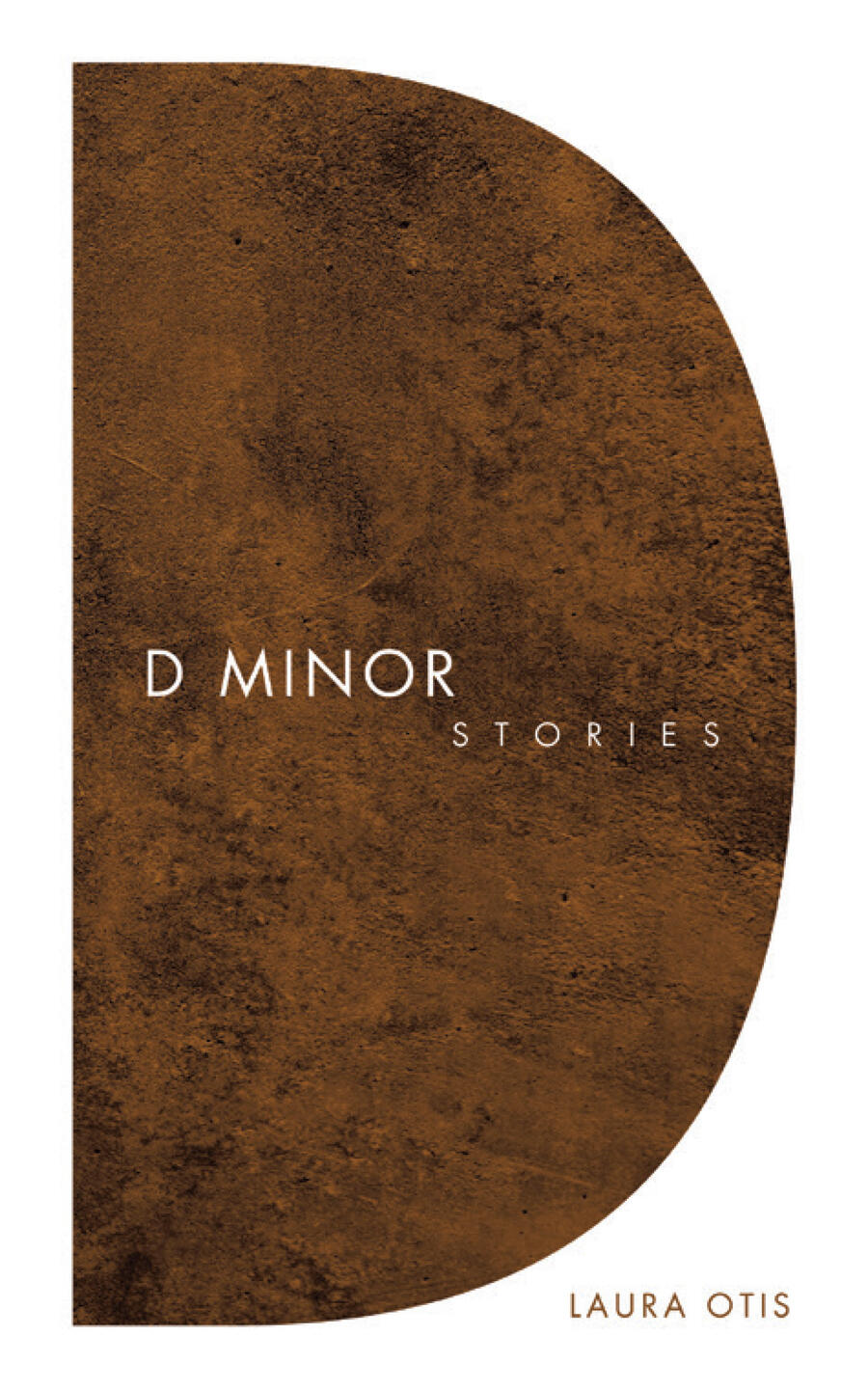
D MinorIn four subtly linked stories, social outsiders with super-sensitive ears find surprising ways to recover from abuse. While leading vastly different lives in German and American cities, these loners fight to thrive on their own terms. During the pandemic, an English teacher discarded by her married boyfriend rediscovers her will to live when she falls in love with a television detective. A supermarket worker who can hear through touch bonds with a stray cat who bites her hand. A disrespected museum guard gets in trouble for making visitors look at a painting that obsesses him. A translator frustrated by the world’s noise and slow pace gets stuck behind an old woman on a stalled escalator. Both a curse and a blessing, these characters’ exquisite hearing helps them survive in a world that causes them pain.iUniverseAmazon
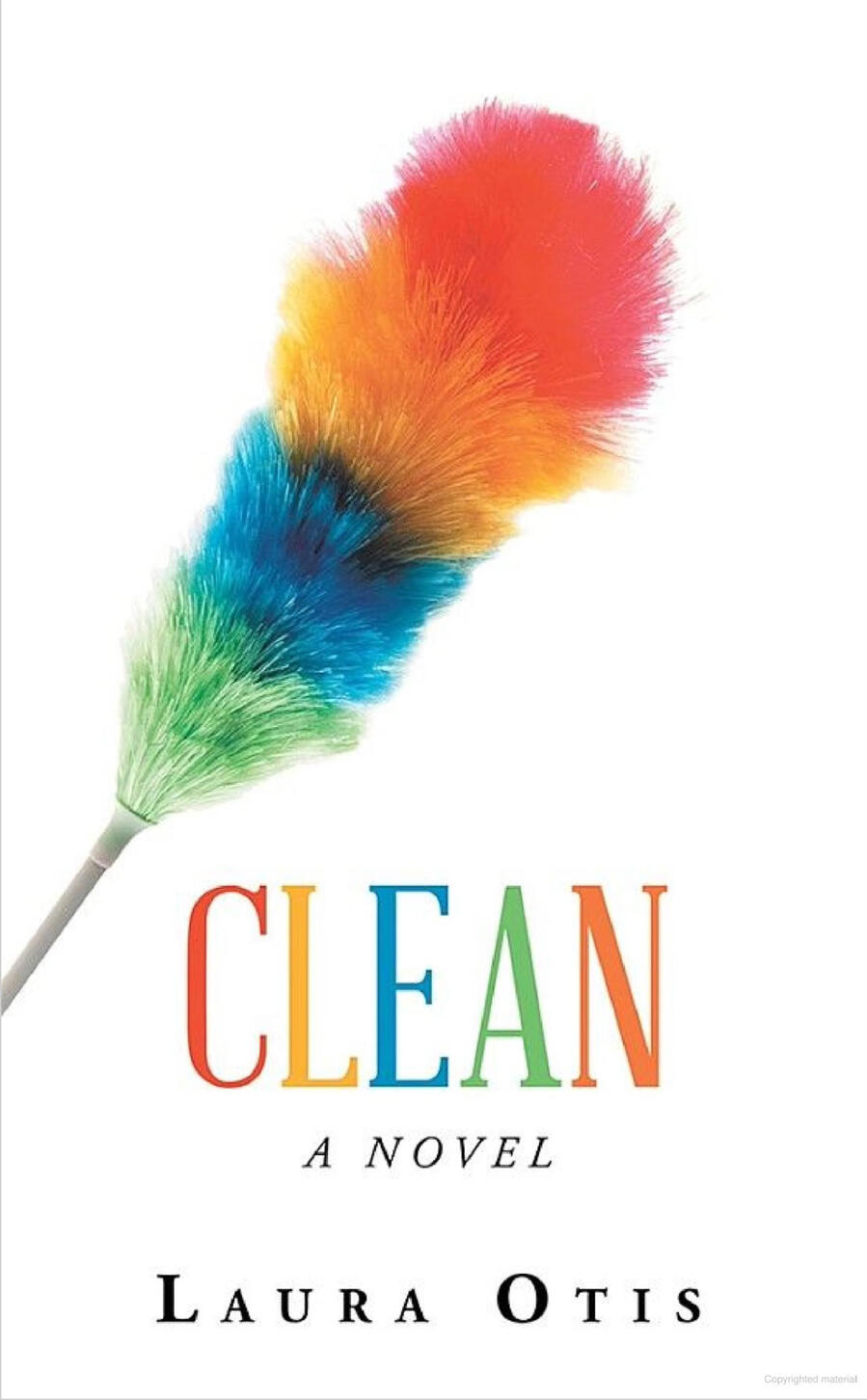
CleanClean tells the story of an abused housekeeper who must overcome her inner fears to help women held by human traffickers. Young and hard-working, Ginny has already survived much more than most people. Maimed as a child, she lives an isolated life as a cleaner at the Run-Rite Inn in a Texas town. Her closest bonds are with the rooms she cleans, which she tries to protect from abusive guests. The inn’s devoted manager, Jake, encourages Ginny to think beyond dusting, vacuuming, and scrubbing. But Jake’s own dreams exceed what the inn can provide, and he will do just about anything to make them come true. When Ginny sees signs that human traffickers are using the inn, she struggles with her intense fear of people. As she begins to suspect that Jake is involved, she hesitates to intervene, tempted by higher-paying work. But then a shocking discovery brings her face-to-face with her own past, leaving her with no choice but to act.iUniverseAmazon

Refiner’s FireRefiner’s Fire invites readers into Berlin’s classical music world and the life of a passionate singer and mother. Julia Martens has a rich, powerful voice that could make her one of the world’s best altos. In Berlin, she meets brilliant, erratic conductor Arno Weber, who shares her working-class roots and helps Julia get the training she needs. Arno is furious when Julia gets pregnant and insists on raising her daughter, Bettina. As a single, working mother, Julia struggles to balance her daughter’s needs with her passion for music. As Arno pushes Julia to perform, the mother of Bettina’s father, Erik, tries to take over Bettina’s care. When a terrible accident puts Julia’s competence in question, Erik’s mother sues for custody. Refusing to relinquish her daughter or her music, Julia vows to fight.iUniverseAmazon
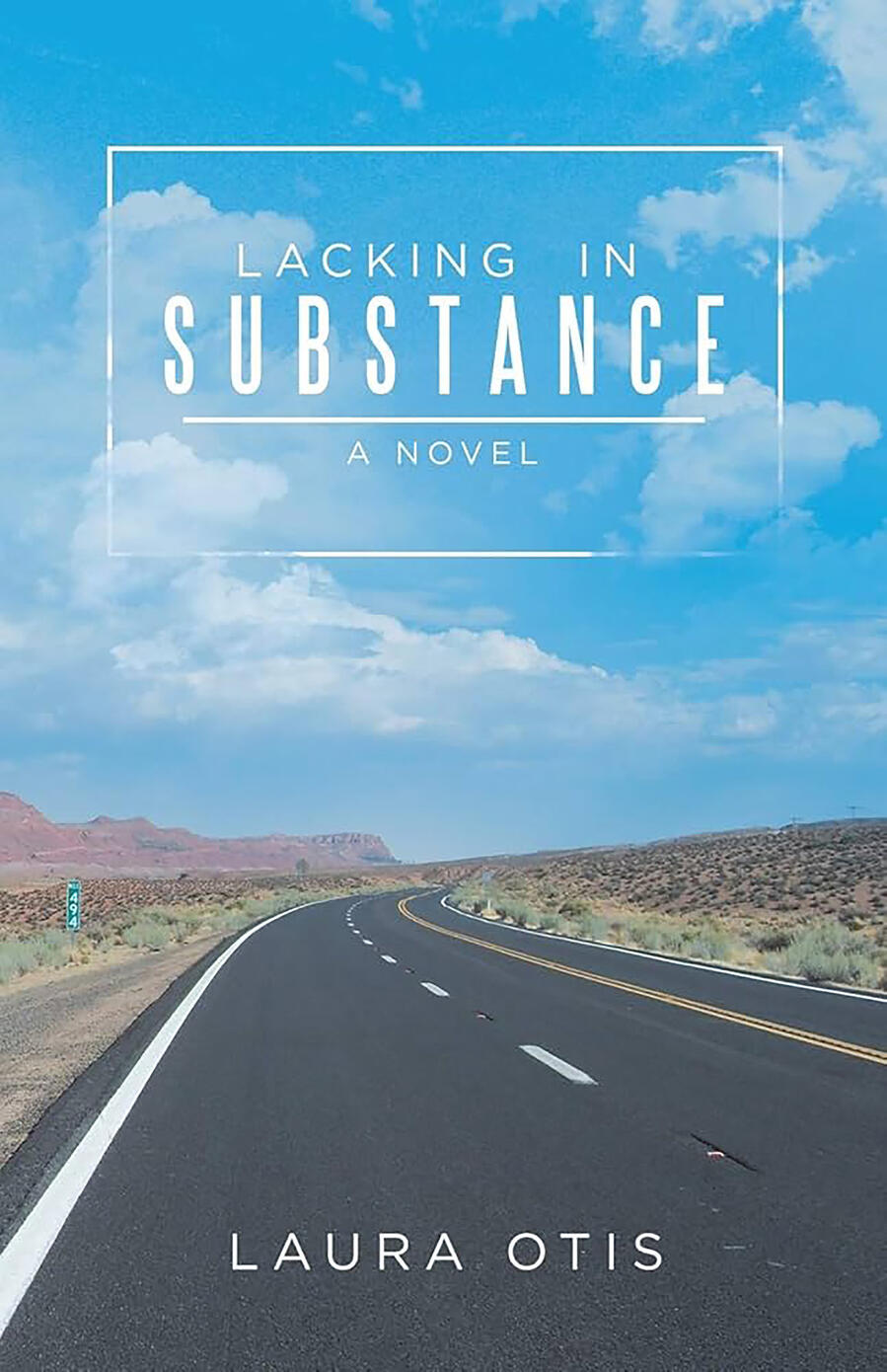
Lacking in SubstanceMiddle-aged misfit Carrie McFadden won’t let people tell her how to love. At forty-three, she sets out on a cross-country trip to confront her old love, Johnny Turner, from her early days as a scientist. On the road, Carrie begins a novel that she has been trying to write for years. But in making the trip, she is neglecting her sick mother, and as she writes, life closes in on her. In her novel, the Mexican immigrant Teresa tries to fend off her employer’s advances and her boyfriend’s violence. Carrie herself faces a lonely man’s overtures, a caregiver’s demands that she visit her mother, and a doctor’s attempt to intern her for mental illness. As Carrie approaches Johnny in San Francisco, her life and her novel converge. Like Teresa, she must choose the direction her life will take if she wants to survive.iUniverseAmazon

The Memory HiveIn fifty linked stories, The Memory Hive leads readers through a woman’s memories of tragic errors, terrifying abuse, and growing strength. Reeling from a painful relationship with a married man, English professor Cara Heming risks everything to marry Diego, a Spaniard she barely knows. While helping Diego adjust to New York life, she struggles with a demanding job, plus the needs of her demented mother and depressed father. Frustrated by Cara’s focus on her parents and her work, Diego turns angry, jealous, and paranoid. Far from perfect herself, puritanically inclined Cara harbors biases that inflame Diego’s rage. As he and Cara’s mother grow increasingly vicious, Cara must join forces with her timid father, who surprises her. Tracking Cara’s determination in a non-linear way, The Memory Hive follows her fight to survive the consequences of her mistakes.iUniverseAmazon
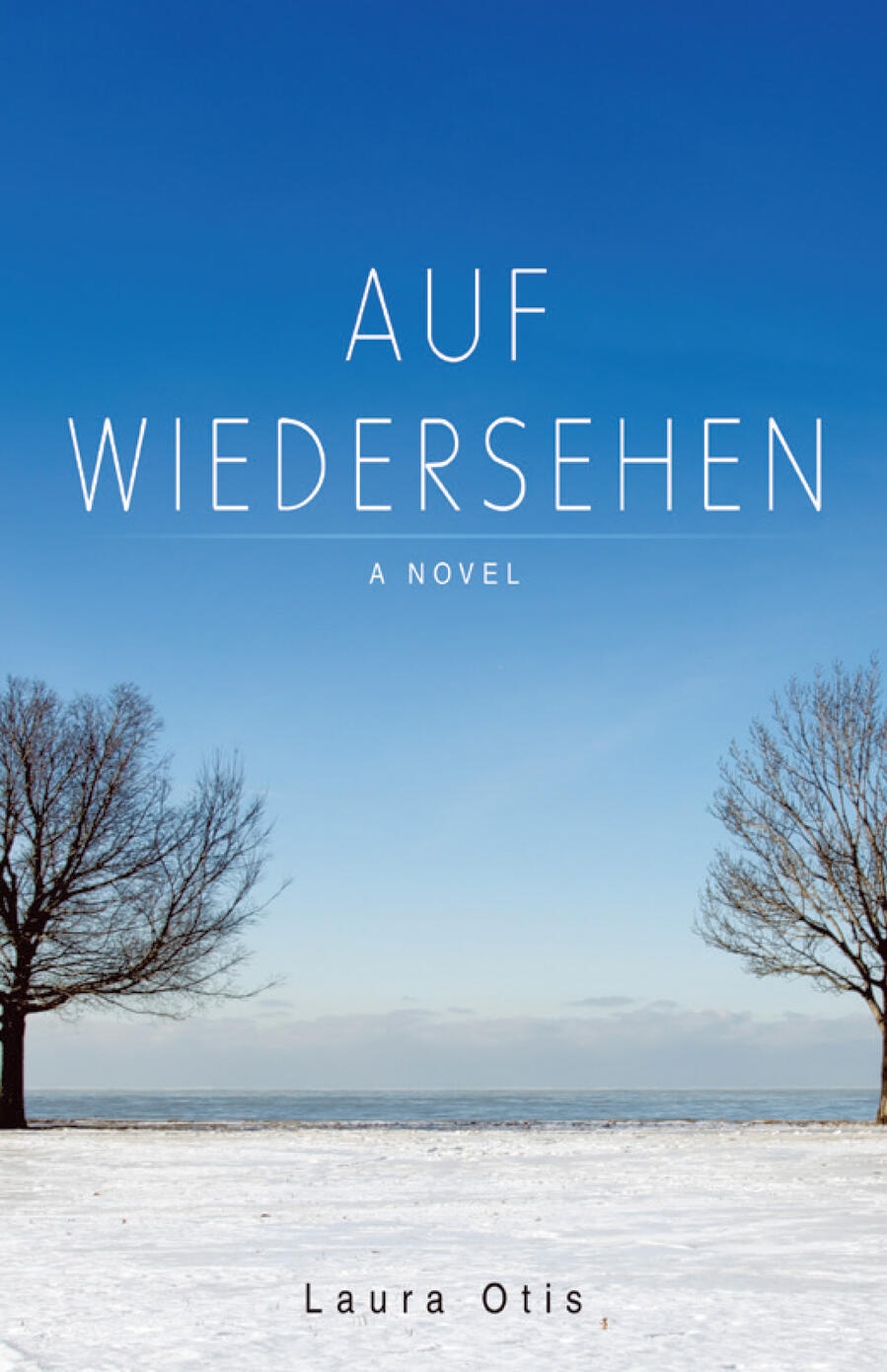
Auf WiedersehenAs a student in the late 1960s, Jack Mannheim was arrested twice: once for taking over an administration building, and once for a reason he won’t share. In the thirty years since, he has lived a quiet life in Chicago as a German professor with his physician wife, Bea. But Jack’s inexplicable passion for his student, Ellie, awakens feelings with which he has never dealt. His angry, self-destructive daughter Jessie seems to reincarnate Cathy, the woman who devastated him in his student days. Despite Jack’s German origins, he has never come to terms with the atrocities committed by the culture he loves. As Jack’s family life threatens to collapse, he struggles to face the feelings he has denied. Auf Wiedersehen follows a wounded man’s effort to accept his losses and affirm his life.iUniverseAmazon
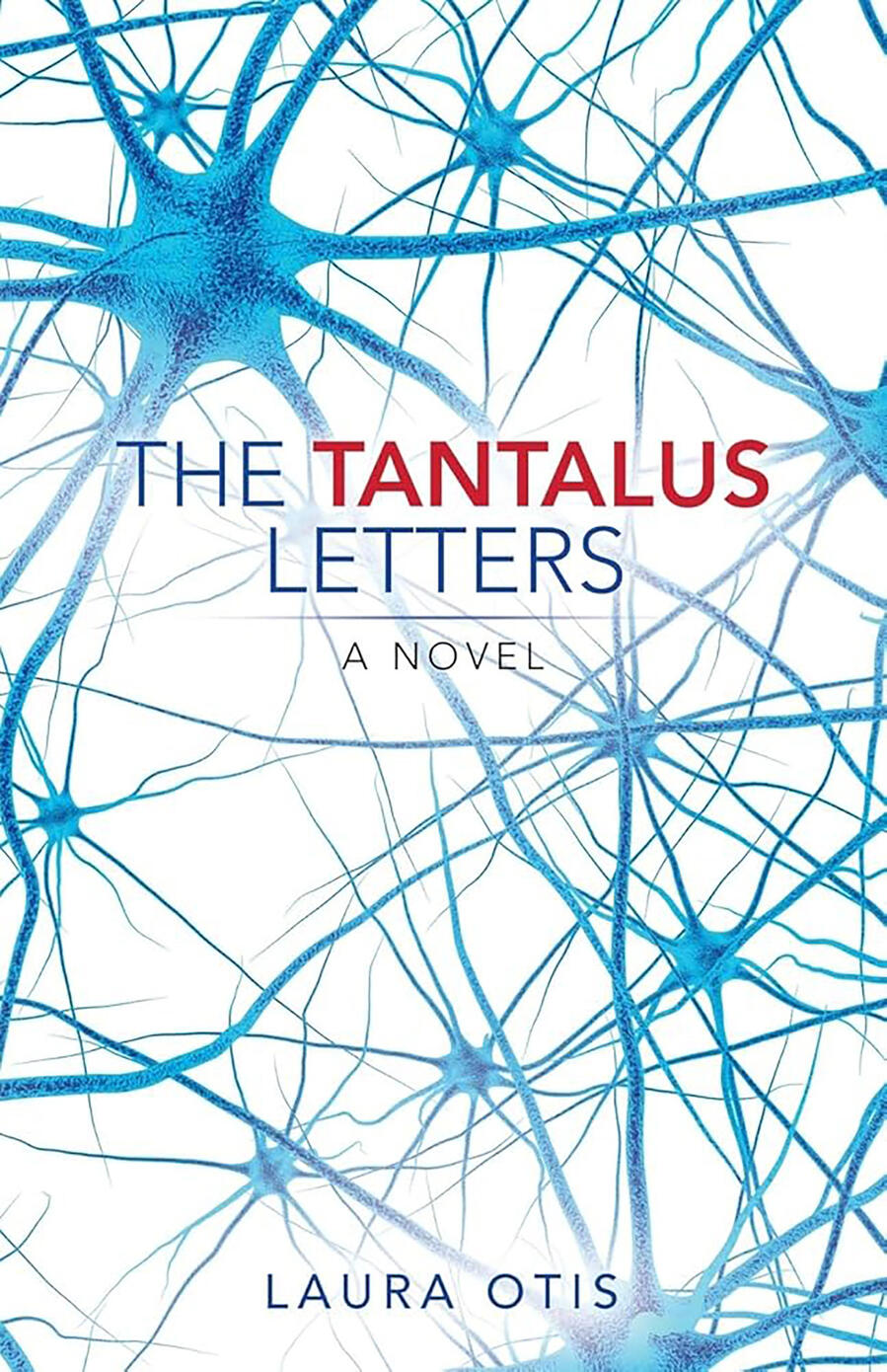
The Tantalus LettersSet in the 1990s during the first reckless years of email, The Tantalus Letters follows two working women’s quests for emotional fulfillment as they conduct their love lives through tantalizing messages. In this new, online world, do boundaries exist? Is English professor Lee Ann Downing sexually harassing her married lover, literary star Josh Golden? In illicit messages, Lee Ann dissects Josh with her best friend, neuroscientist Becky Fass. Becky is trying to run a lab despite a depressed grad student rejected by their department chair and a postdoc stalked by a jealous ex-husband. Becky is struggling with her own love for physicist Owen Bauer, who turns suicidal when his wife leaves him after discovering his affair with Becky. Lee Ann and Becky’s emotions drive their research on how developing neurons find each other and whether language can convey women’s desire and anger. As Lee Ann and Josh’s email flirtation veers toward a deadly encounter, Becky fights to save Owen, and violence erupts in her lab. Will the tantalizing new medium that connects them destroy the lives they have tried to build?In 2006-2007, an earlier version of The Tantalus Letters was serialized on LabLit.com , Jenny Rohn’s site featuring fiction about laboratory work.iUniverseAmazon
Music
Laura’s songs draw on many styles of music to reveal uncommon perspectives and hidden feelings. As a singer, she has sung alto with many choirs including the Yale Slavic Chorus, the Sage Chapel Choir, the Harvard University Choir, the Long Island Philharmonic Chorus, the Rockefeller Chapel Choir, and the Berlin Bach Choir. Her love of Bach lives in harmony with her passions for country, folk, pop, and salsa. As a song-writer, she has created melodies for poems by William Shakespeare and Antonio Machado. She also writes original country songs, two of which have been recorded by artist Carola Adam and the C. C. Adams Band.
Recorded Songs
“Your Loving Heartbeat”
Music and lyrics by Laura Otis. Vocals by Laura Otis and Judith Engel. Guitar accompaniment and recording by Rainer Schnös.“Cantares”
Poetry by Antonio Machado. Music and vocals by Laura Otis. Guitar accompaniment and recording by Rainer Schnös.“Shakespeare Sonnet 27”
Poetry by William Shakespeare. Music and vocals by Laura Otis. Guitar accompaniment and recording by Rainer Schnös.

“I Know Why (Your Ex Hates You).”
Music and lyrics by Laura Otis. Vocals, performance, and recording by Carola Adam and the C. C. Adams Band. Lines, 2009.“Where Were You in ’95?”
Music and lyrics by Laura Otis. Vocals, performance, and recording by Carola Adam and the C. C. Adams Band. Lines, 2009.
